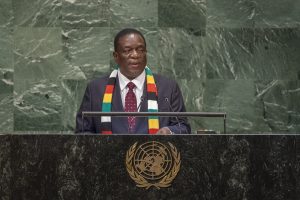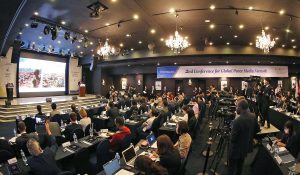Emil Constantinescu Biography
World War 2 (1939-1945)
: The most devastating war in human history
A child became a refugee by the terrible war.
Poor living conditions were hard to bear for the refugee boy, yet he felt desperate for peace. The boy lived in a town located in [dniester] River of the Soviet Border until the age of 50 under dictatorship. He saw and felt the fall of communism himself, and he became aware of the power of culture. He was in the process of settling the democratic conscious.
In 1996, the boy grew up to become the 3rd President of Romania. Emil Constantinescu became the President in order to achieve peace.
First, he devoted his efforts to bring reconciliation and harmony within the Balkan Peninsula suffering from conflicts of nation, religion and race. He was in the forefront of liberty and democracy of Romania. He has conducted Peace Education to spread peace.
(In fact, he has done more work. More info 1, info 2)
+) He was the dean of Bucharest University. He spent 6 years of my life in [Bucharest] University and [other] University throughout the world.
Now, he is the chairperson of Institute for Cultural Diplomacy (ICD) which is the largest NGO in Europe. Also, he is a member of HWPL Advisory Council.
“HWPL is an international peace nonprofit organization registered with the United Nations Department of Public Information (DPI) and the United Nations Economic and Social Council (ECOSOC). It is surprising to the world with its enormous execution and actions no one has heard or seen.”
As of 2018, he is in the forefront to establish a culture of peace, calling for the cessation of war. Now, it is time to begin a new history of peace.
“The history of humanity was the history of war.
Now we need to make history of peace.”
– Emil Constantinescu, former president of Romania
Emil Constantinescu 2018 Peace Lecture
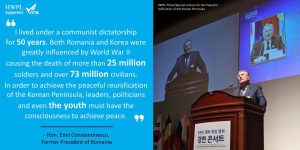
On September 18, the two leaders of inter-Korea met in Pyongyang. To support the peaceful unification of the Korean Peninsula, H.E. Ivo Josipović, Former President of Croatia, and Hon. Emil Constantinescu, Former President of Romania, both of whom experienced times under Communist rule and the transition to democracy, gave presentations on September 16th and September 20th respectively. They gave specific advice through their real experience.
Below is posting #1.. I’m going to take a closer look.
Implementation of Communism in Eastern Europe
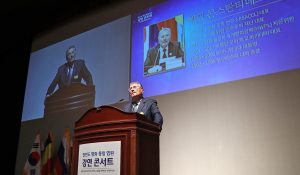
Emil Constantinescu said his experience under dictatorship. “The establishment of communism in Eastern Europe has led to elimination of constructive competition, removal of free expression and emergence of an immoral form claiming to be a society where ideology replaces feelings.”
“A dictatorship that would only recognize state and collective ownership canceled all forms of rights, free expression and [personal life] of every citizen by political police surveillance.”
The mean of implementation of communism in Eastern Europe is the violence. He told us so vividly. “The result of implementation of communism in Eastern Europe by violent mean, and bloody repression of anti-communist resistance.”
He continued “The removal of actual potential ordinance was achieved through torture and re-education centers, extermination prisons, forced labor camps, political assassinations, summary executions, mass importations.
Millions of death, tens of millions of human life destroyed.
When oppression, censorship, terror seem to ensure a small future for communism, the resulting hardship turned into true pathology of freedom thus building solid characters able to tear apart the status quo.”
First democratic presidents
in Eastern Europe
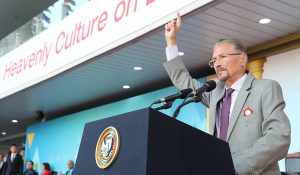
He continued “After the peaceful, peaceful change of the totalitarian regime in Eastern Europe, the first democratic presidents freely elected by the people were representative of the intellectual elite.
Coming from academic [unintelligible] was very strange for the political history of the world. And remember, the famous first democratic president of [unintelligible].
The first president of Hungary was the president of a writers union. The first president of democratic Bulgaria was a philosopher who graduated from Sofia university.
The first democratic president of Luthania, Vytautas Landsbergis, was the president of the Academy of Music.
The first democratic president of Estonia was also the president of the Academy of Music, and the second president of Estonia was the director and president of the University of Agriculture and was of special family, because this member of academic [unintelligible], of intellectual elite was not interested in corruption, their interests or their family; they worked for their country and for their people, and for changing Europe, changing the world.”
Struggle Lesson of Sufferings
At cost of thousands lives, they can earn struggle lessons. Emil said “The citizens of the formal communist countries have been deprived of all their rights including their right to live for half a century. They are suffering and struggle lesson is for each of us a first step towards understanding the greater lesson of freedom and respecting each other’s freedom.
The amiliation of the democratic conscious needs more time of democratic lows or institutions.”
He gave a very moving anecdote. (I was the most impressed with this part) “In December 1989, in my country, Romania, young people would demonstrated against the communist dictatorship in the university square in Bucharest.
“Did no ask for bread or for higher wages. They voiced free elections, freedom of the press, freedom we love you, we die for you,
and we will die and we be free.”
– Emil Constantinescu, former president of Romania
My son, my daughter, my students was at that time in university square in Bucharest. At midnight, the repression troops went in with tanks against the unarmored demonstration who did not threaten any governmental institution but offered flowers to the militaries.
Dozen of people were killed and thousands were arrested and tortured. Those arrested would have be killed too, as is happened five days prior in other university town, Timisoara, in Romania. It not half a million of Bucharest citizens would surround the next day’s tanks, and the symbol of communist regime, the incredible lack of fear, and the solidarity of people for the dictator to free, and freedom was gained.
And in one of history’s bright moments, people were willing to die for the ideas, ideas of freedom and democracy.”
Finally, I am very grateful to Emil Constantinescu for letting me hear and think about many things. Now, I must be a person who does one thing. Will you join us?
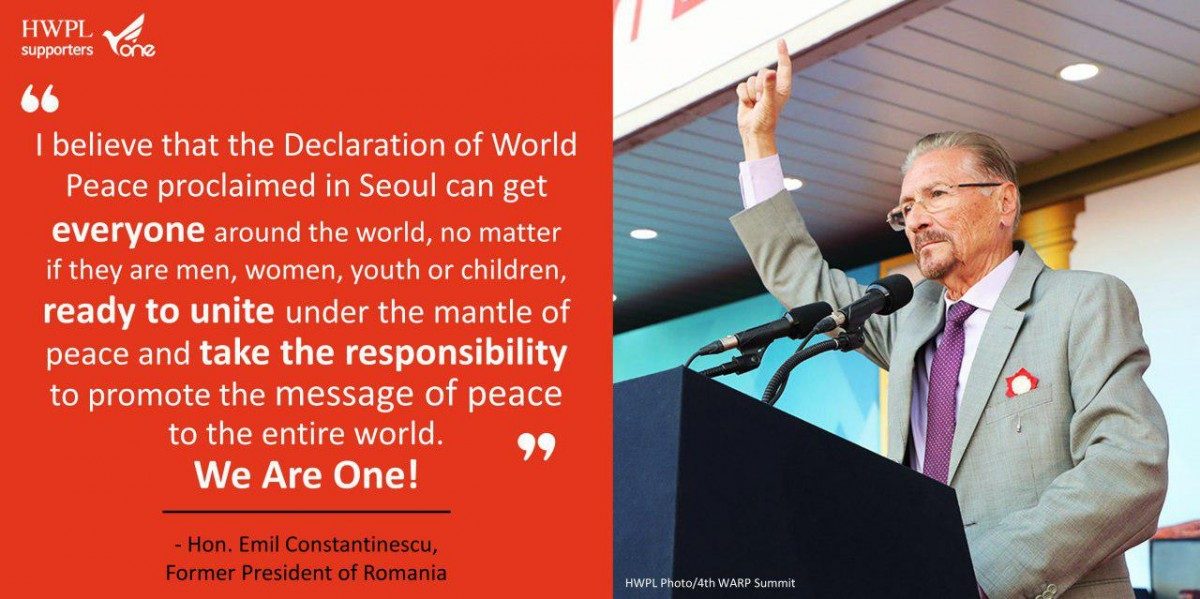
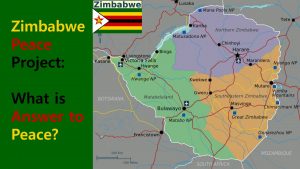 Things not all that rosy in Zimbabwe. On 18 June 2017, in Ward 23, Chitungwiza Zanu PF youths allegedly assaulted MDC-T youths. The MDC-T youths were meeting at the home of Chitungwiza Deputy Organising Secretary of the Women’s Assembly, Anna Mutara when they were attacked. Tension is brewing, as it was in the past.
Things not all that rosy in Zimbabwe. On 18 June 2017, in Ward 23, Chitungwiza Zanu PF youths allegedly assaulted MDC-T youths. The MDC-T youths were meeting at the home of Chitungwiza Deputy Organising Secretary of the Women’s Assembly, Anna Mutara when they were attacked. Tension is brewing, as it was in the past.